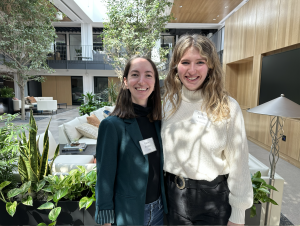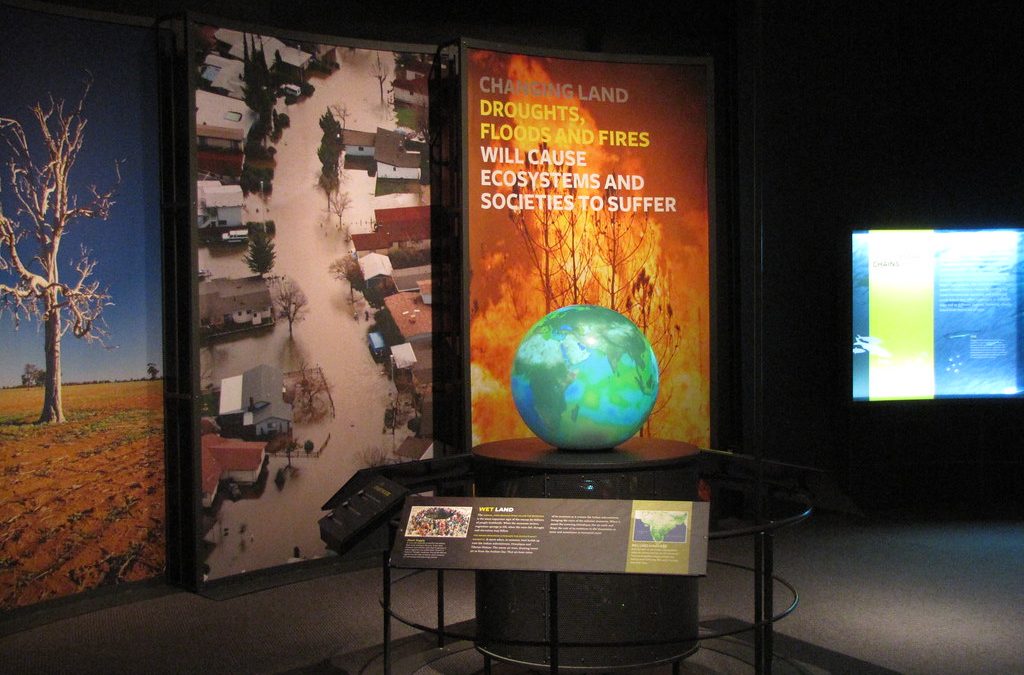Reporting on the environment and climate has acquired an unprecedented importance in recent years, as climate change has heightened environmental concerns across the world.
More media outlets in the United States and elsewhere in the world have begun to hire reporters to cover environmental issues. I recently talked to two of them from Iowa and asked them about the challenges they face while doing their jobs.
Katie Peikes is Iowa Public Radio’s agriculture reporter. Her most demanding challenge with climate reporting is that of all reporters: “To find a meaningful story.”
She says she constantly thinks of her next “big story,” finding novel ways to elaborate on climate change and related issues. “I don’t want to be repetitive of great journalism,” she tells me.
As for the general public attention to environmental and climate issues, she says there is certainly a growing public interest and awareness. Yet, she points out, climate denialism is also on the rise. “There are some people who don’t want to admit that climate change is happening,” she says, adding that this is a serious challenge for her reporting.
Polls tell the same story. The YouGov-Cambridge Globalism Project, a survey annually conducted in 23 biggest countries, found in 2019 that, after Saudi Arabia and Indonesia, the United States has the third highest percentage of people who doubt man-made climate change. A total of 13% of Americans believe that the climate is changing, but human activity is not responsible for it. Another 5%, however, believes that the climate is not changing at all.
“Climate change is really politicized in the U.S.,” says Brittney J. Miller, an environment reporter at The Gazette in Iowa.

This poses a serious challenge for reporters because “people see it as a political issue, not a science issue,” she adds, and, as a result, readers sometimes automatically refute anything reported about climate change.
To overcome this challenge, she focuses more on the science and the local impacts of climate change.
“When I say temperatures are rising, it doesn’t click with some people,” Miller explains. “But when they talk about, for instance, their failing crops due to extreme weather, it makes more sense.”
By staying at the local and personal level, readers better relate to the issue and understand more.
Miller says she also needs to strive for balance in her reporting in relation to climate activism. As someone who cares about the environment and climate change, she follows journalistic guidelines for avoiding bias, she says. Yet, she also is careful not to overcorrect.
“I don’t want to disseminate disinformation just for the sake of having two sides of a conversation,” Miller explains. “But at this point, as a science journalist, I have to align with scientific consensus and the consensus is that climate change is a very real threat.”

